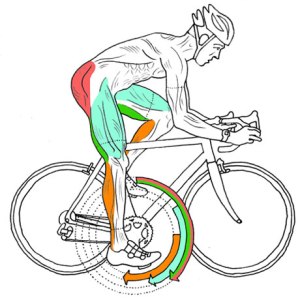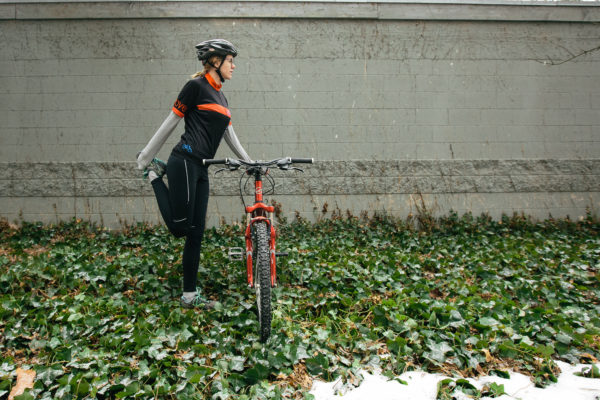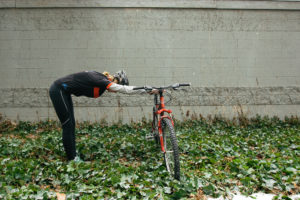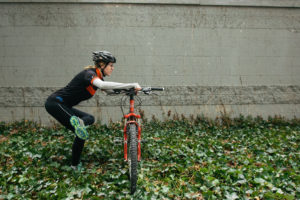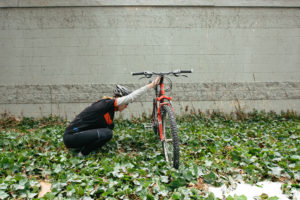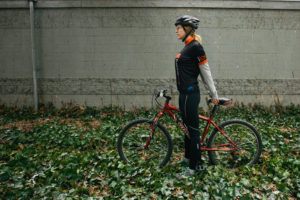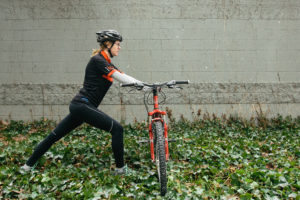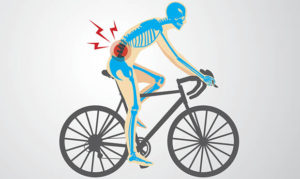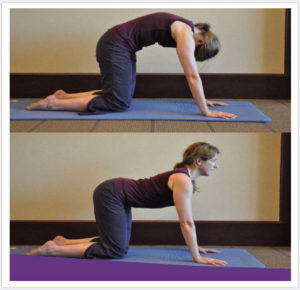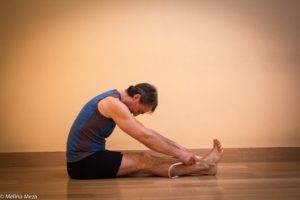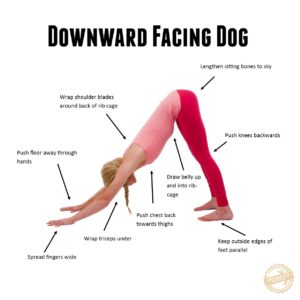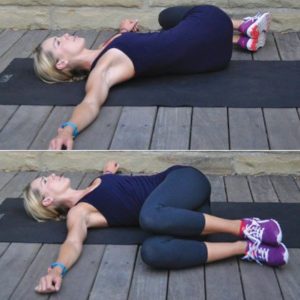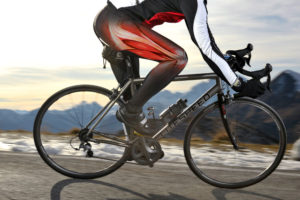
The knee is one of the most complex joints in the body, so it makes sense that it is often one of the first places we experience pain. Although it’s not a muscle, stretching is key to ensuring everything connected to the knee remains flexible and in place. Doing regular stretches for cyclists can help prevent and treat knee pain.
Pedaling requires work from the the quads to straighten the knee and push the pedal forward and downward with enough power to propel the bike forward. In addition, the IT band contributes to that same movement, although less intensively. These efforts, although low-impact, can lead to problems with knee pain. Tendinitis of the kneecap can be a painful condition, and can keep you off your bike. Stretching these muscles can both prevent and treat these issues, resulting in a more comfortable and flexible range of motion.
Many cyclists think knee pain means taking time away from the bike and resting up, but that’s not necessarily true. It could be caused by something as simple as a saddle adjustment or new cleats. So, if you’re experiencing knee pain, figure out what it may be stemming from and adjust your training accordingly. To help in recovery, and to prevent further knee pain, try stretching the muscles surrounding the knee on a regular basis.
4 Best Stretches for Cyclists to Treat Knee Pain
Bilateral Hamstring Stretch
This stretch is effective for all cyclists because of the involvement of the knee flexor muscles in the repetitive pedaling motion. It is also great for those who experience discomfort in the inner or outer face of the knee, which likely originates at the insertion of the ischiotibials.
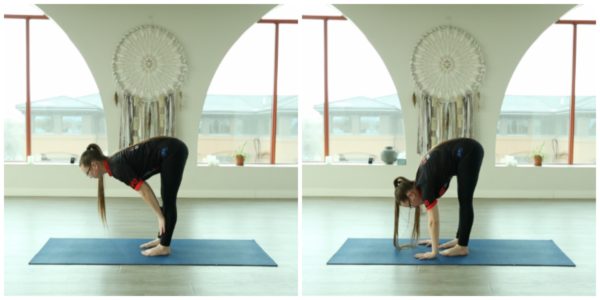
Stand with you feet shoulder width apart and slow bend at your hips towards the floor. Rest your hands on your shins, or step your hands down to the floor if you can. Your knees should be straight, but not overextended or locked backwards. You should feel the stretch in the backs of your thighs and knees.
Lunge with Ankle Flex
If you feel tension or strain in your calves, Achilles tendon, or the back of the knee then this is an important stretch.
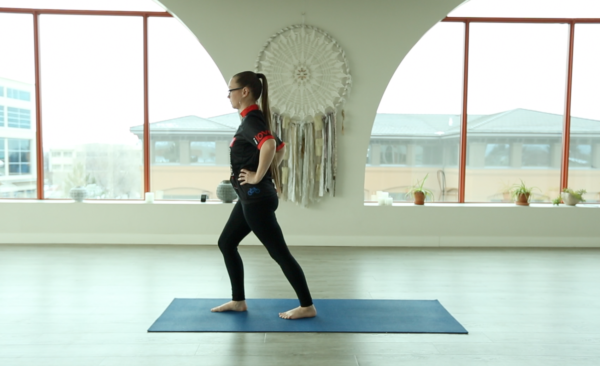
Stand with your hands on your waist, one leg slightly in front of the other, with your knees straight looking ahead. Slowly lunge forward with the front foot, keeping your rear foot in its original position. Both feet should be making full contact with the floor, including the heel. As your center of gravity moves forward and downward, the rear ankle will act as an anchor and increase the stretch.
Flamingo Position
Because of the involvement of the knee extensor muscles in the pedaling motion, the flamingo position is a great stretch to relieve discomfort in the quads and patellar tendons.
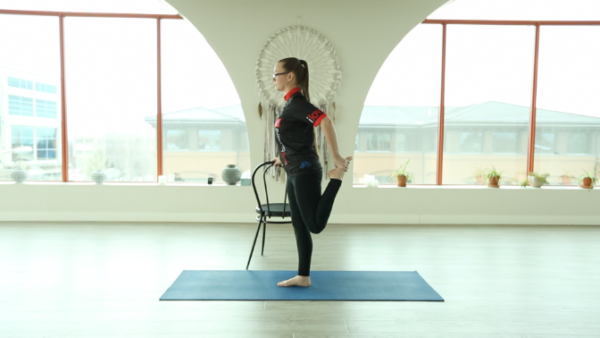
Use a chair or wall the steady yourself, and raise one foot by bending your knee. As you hold the front of your ankle, slowly pull it upwards and gently push your hips forward. As the hip extension increases, you will feel the stretch in the front of the thigh.
Supine Pull to Chest
Stretching the muscles that rotate the hips, specifically the glutes and piriformis, can have a positive effect on the knees. As mentioned previously, each segment of the leg is connected, and each area can have a domino effect, especially through the knee.
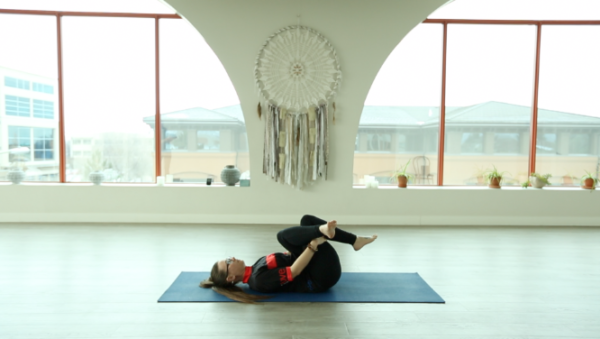
Lie on your back with your neck relaxed and head resting on the floor. Cross your right ankle over the other and place your hands on your left thigh, pulling your legs towards you in a figure four position. Slowly pull on your thigh to increase the stretch, feeling it in your glute. Repeat with the left side.
Knee pain can be disheartening, but most cases are not cause to give up on your training. However, if pain persists despite proper rest, stretching, and bike adjustments, then it may be a good idea to see a physiotherapist to see if there is an underlying issue that needs to be addressed. You can also try targeted, daily stretching with Dynamic Cyclist to treat and prevent your knee pain.
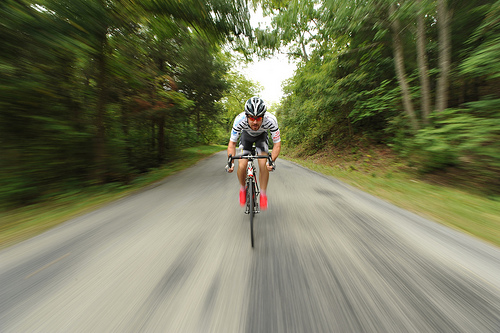

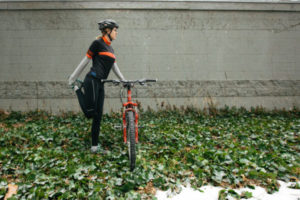
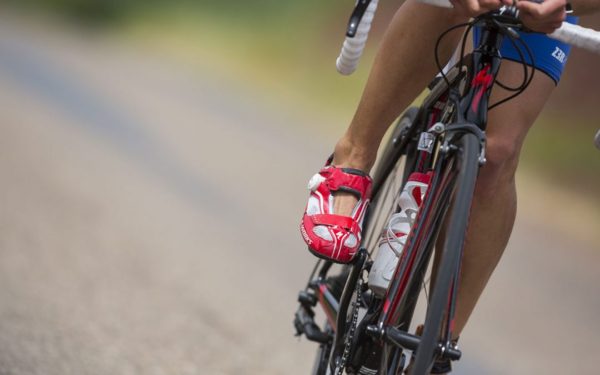

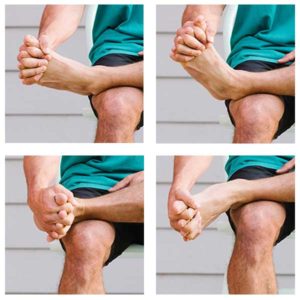
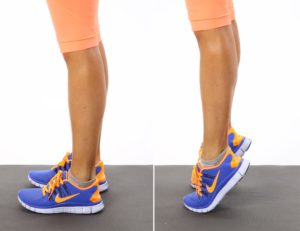
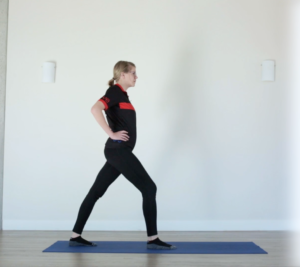
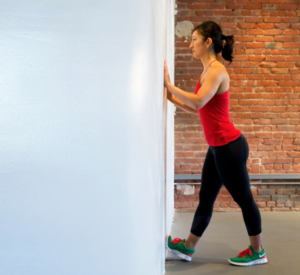
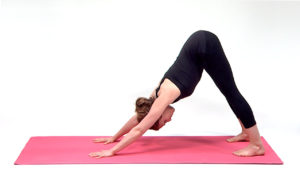
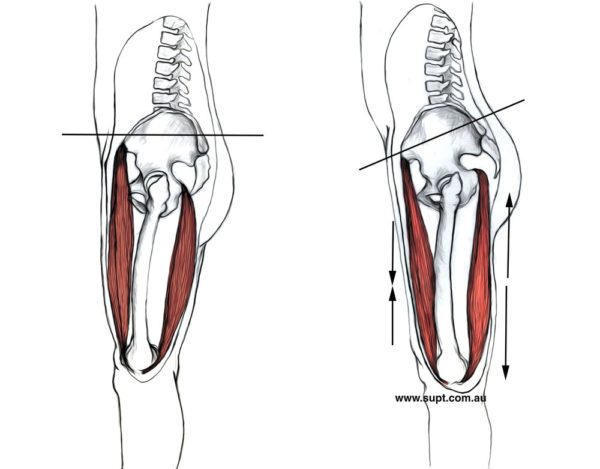
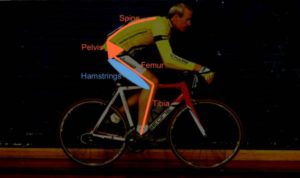
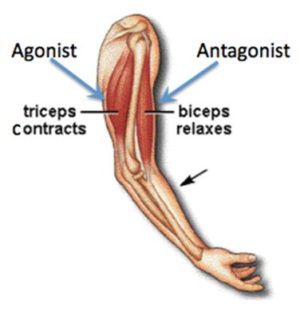
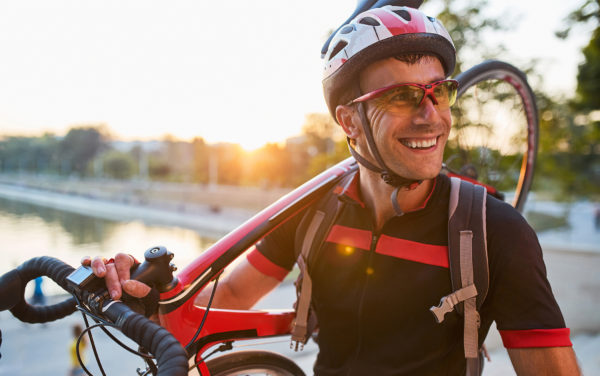

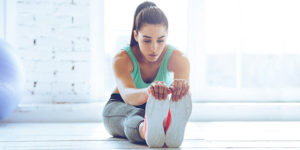

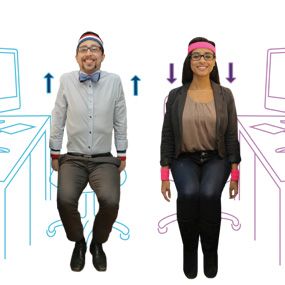
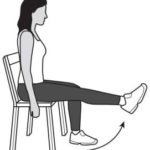 Leg Extensions
Leg Extensions Raise Your Hands
Raise Your Hands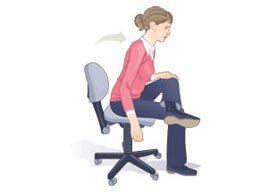
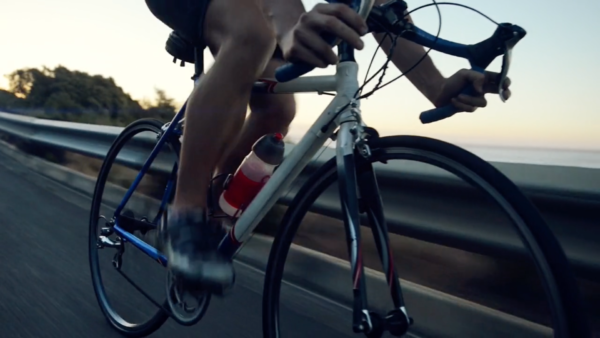
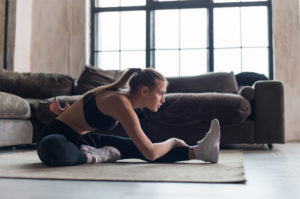
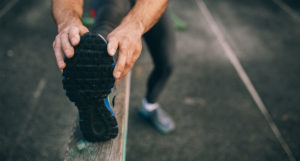 Prevent Tissue Degradation – Generally speaking, our day to day lives are restricted to certain movements and physical exertion. Over time and with age, the body starts dehydrating and stiffening. On a cellular level, muscle fibres start developing cross-links with parallel fibers making them stick together. Stretching slows this process by stimulating the production of tissue lubricants and pulling the interwoven cellular cross links back into an ordered state.
Prevent Tissue Degradation – Generally speaking, our day to day lives are restricted to certain movements and physical exertion. Over time and with age, the body starts dehydrating and stiffening. On a cellular level, muscle fibres start developing cross-links with parallel fibers making them stick together. Stretching slows this process by stimulating the production of tissue lubricants and pulling the interwoven cellular cross links back into an ordered state.